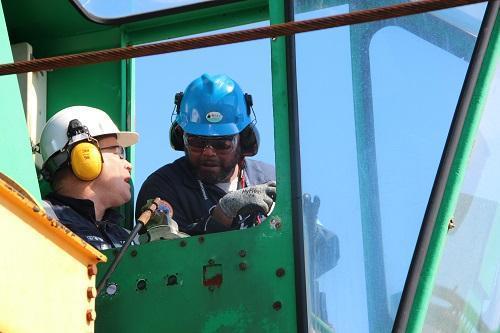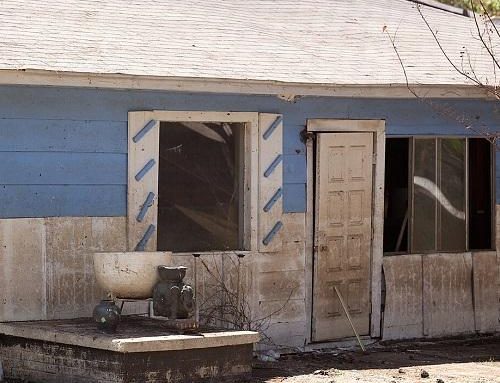With the use of cranes comes the risk of accidents and injuries, which is why it’s crucial to implement safety measures to protect workers and ensure smooth on-site operations.
One of the most important things to consider regarding crane safety is proper training and certification for all operators. This ensures they have the knowledge and skills to safely operate the equipment and avoid accidents. In addition to operator training, it’s also important to regularly inspect and maintain cranes to ensure they are in good working condition.
Another crucial aspect of crane safety is proper planning and communication. Before using a crane, a thorough risk assessment should be conducted to identify potential hazards and develop a mitigation plan. This plan should be shared with all on-site workers, and proper communication protocols should be established to ensure that everyone knows the potential risks and how to avoid them.
One of the most common causes of crane accidents is overloading. It’s essential to carefully calculate the weight of the load and make sure that the crane is capable of safely lifting it. Overloading can cause the crane to become unstable and potentially lead to catastrophic failure.
In addition to avoiding overloading, it’s important to properly secure the load. This involves using the appropriate slings, shackles, and other equipment to ensure that the load is properly balanced and won’t shift during lifting.
When operating a crane, it’s essential to always follow the manufacturer’s instructions and guidelines. This includes maintaining a safe distance from power lines and other potential hazards and avoiding sudden movements or changes in direction that could cause the load to become unstable.
This helpful 10-point checklist will help reduce the risk of serious injury or accidents:
- Properly train and certify all crane operators.
- Regularly inspect and maintain cranes.
- Conduct thorough risk assessments and develop plans to mitigate hazards.
- Establish clear communication protocols on site.
- Avoid overloading cranes.
- Properly secure loads before lifting.
- Maintain a safe distance from power lines and other hazards.
- Avoid sudden movements or changes in direction.
- Follow the manufacturer’s instructions and guidelines.
- Implement a system for regularly reviewing and updating safety procedures.
By implementing these safety measures, construction companies can help prevent accidents and ensure the safe operation of cranes on their job sites. Proper training, maintenance, planning, communication, and adherence to manufacturer guidelines are all essential for ensuring crane safety in construction environments.
Do you need Online Construction Safety Training?
Try a free demonstration of Crane Safety in Construction Environments:










